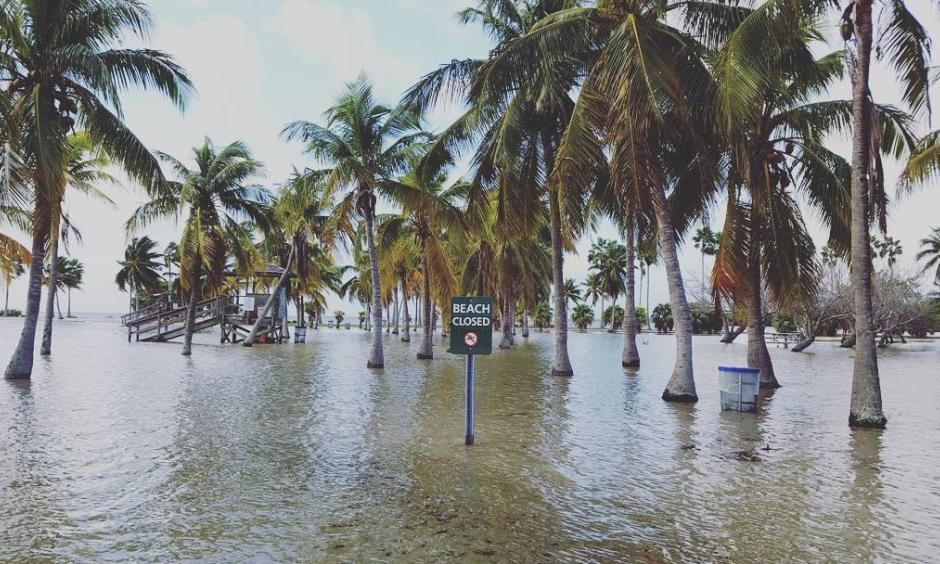The News & Observer
Welcome to NC Voices, where leaders, readers and experts from across North Carolina can speak on issues affecting our communities.
Learn from Miami regarding NC 12. Start planning now for it to disappear.

The Army Corps of Engineers is planning to build sea wall around downtown Miami, 20 feet high in places, to protect the city from storm surges and flooding.

The problem is that Miami sits atop porous limestone through which rising sea waters will soon flood the city — a 100-foot seawall would not make a difference. The rising water from below is well known and understood, and it may have played a role in the recent Miami area building collapse.
It seems some planners in Miami just can’t get their heads around the catastrophe that the city faces — a catastrophe that could lead to eventual abandonment and 4 million environmental refugees fleeing north.

The Highway 12 situation along the Outer Banks has similarities to the Miami situation. There is not the slightest doubt that N.C. 12 is a goner. The only question is when.
University of Miami geologist Hal Wanless argues that a 2- to 3-foot sea level rise will halt development on all the world’s barrier islands. It’s not that the islands will be under water; it’s that low spots will be under water and access roads will be flooded and washed away.
Current estimates of global sea level rise range from 3 to 8 feet max by the end of this century assuming that we don’t reduce the rate of carbon dioxide release.

The evidence pointing to intensifying storms and accelerating rise in sea levels is clear. Oceanographer John Englander has shown that based on satellite observations the sea level rise rate more than doubled between 2000 and 2020.
The Highway 12 situation is not only ripe for increased rates of erosion and island overwash, but the possibility of damaging seaward overwash is greatly increased because of the large bodies of water behind the islands — Pamlico and Albemarle Sounds.
Barrier island dwellers should accept these facts as the gospel truth. They should not delay until the wolf is at the door, which is the case in Miami. Instead, learn from Miami and start planning now.
For planning purposes, I believe the assumption of a decade long maximum future lifespan for N.C. 12 is a reasonable one.
Orrin H. Pilkey. The writer is a professor emeritus of Earth Sciences at Duke University’s Nicholas School of the Environment.
